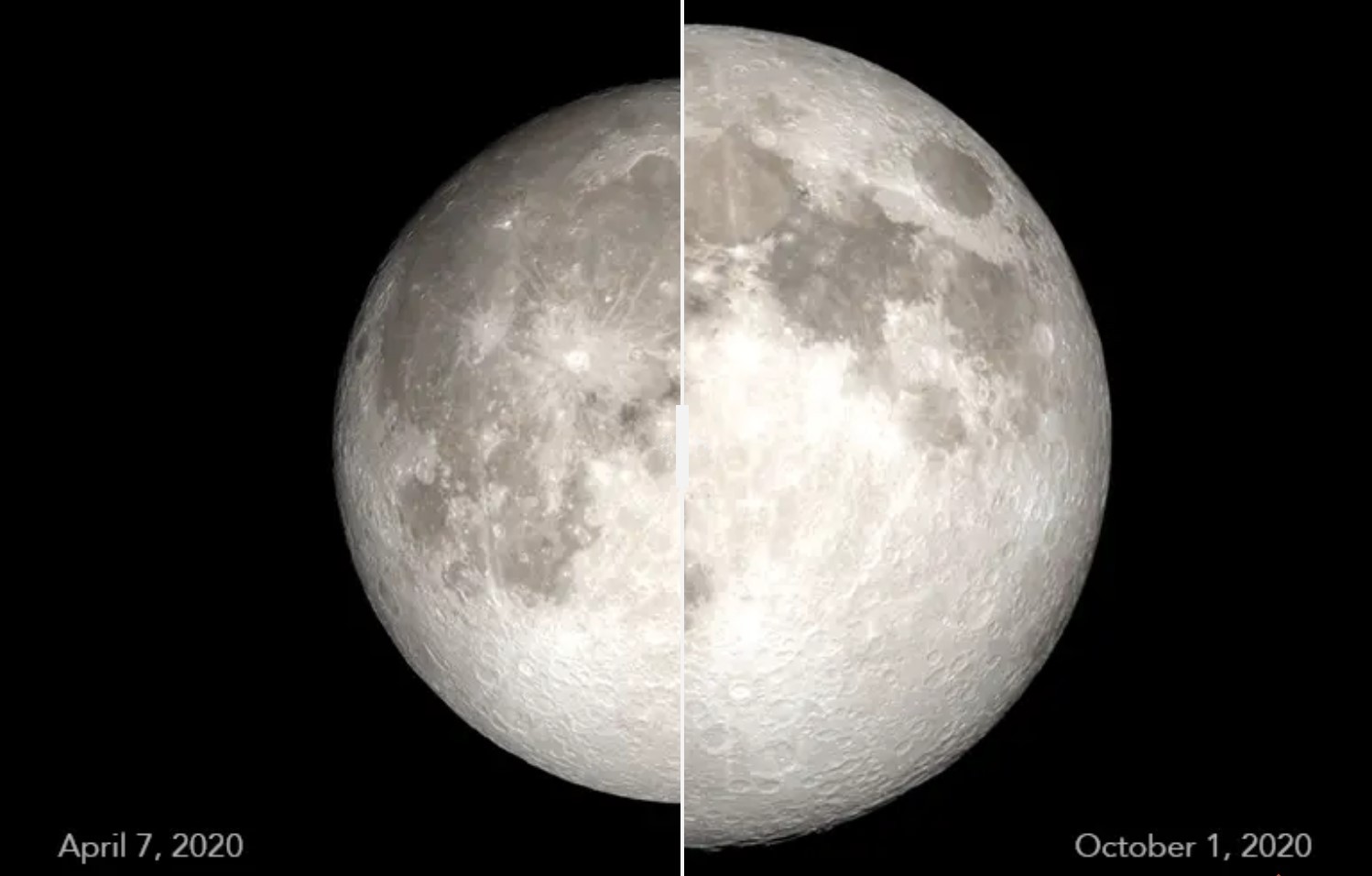Earthquakes on Venus Could Be Detected by an Atmospheric Balloon

Venus's atmosphere is the heaviest of any planet in the solar system, roughly equivalent to deep-ocean pressure at a depth of 1 kilometer. The crushing weight and layers of sulfuric acid make it utterly inhospitable — but investigators could read the planet's atmospheric pressure from above to find earthquakes on the hellish surface.
A team at NASA's Jet Propulsion Laboratory proposes deploying a balloon in the upper reaches of Venus's atmosphere that would be equipped with a sensor to detect seismic activity.
"On Venus, the atmosphere has about 90 times the pressure as what you find on the surface of the Earth. It's almost like an ocean surrounding the solid crust," Siddharth Krishnamoorthy, a postdoctoral associate with NASA's Jet Propulsion Laboratory and a member of the team working on the Venus mission, told Seeker. He and his colleagues will present the proposal at the American Geophysical Union meeting in New Orleans on Thursday, Dec. 14.
Floating at 34 miles above the surface, the balloon would operate in Earth-like pressure and temperature conditions, no extra shielding needed. It would also be safe from the oven-like temperatures on the surface (864 degrees Fahrenheit or 462 degrees Celsius) that could fry unprotected spacecraft in seconds. There's even enough sunlight available to run the balloon's instruments on solar power.
When an earthquake occurs on Venus, the theory goes, it generates pressure waves in radio frequencies. These are below what human ears hear, but instruments would be able to pick them up.
"In principle, they can be detected by the very sensitive pressure sensors on the balloon," said Krishnamoorthy.
RELATED: Nano-Scale Materials Could Shield Devices From Extreme Environments in Space
Get the Space.com Newsletter
Breaking space news, the latest updates on rocket launches, skywatching events and more!
The ideal mission profile would see the balloon fly anywhere between six months and a year.
"It's not unheard of to be able to deploy a balloon at Venus," Krishnamoorthy pointed out. The Soviet Union successfully flew balloons during the Vega 1 and 2 missions in 1984, though they each only lasted about two days before their batteries died. "The technology has been demonstrated before, but we need to prolong the lifespan."
The Soviet Union landed several probes on Venus from the 1960s to 1980s, and ran orbital missions besides. Other notable missions to Venus include NASA's Magellan (1990-1993), the European Space Agency's Venus Express (2005-2014), and Japan's Akatsuki, which entered orbit in 2015 after a failed attempt in 2010.
These missions mapped the surface of Venus and gave insights into activity in its atmosphere. The surface appears extremely young, geologically speaking, and there are likely active volcanoes on Venus's surface. But we don't know very much about the planet's seismic activity or its interior.
"We know, with a degree of certainty, that Venus has no global plate tectonics like on Earth," Krishnamoorthy said. "Below the surface, there is seismic activity of a different nature, but we don't know exactly what."
RELATED: What Does It Sound Like on the Surface of Venus?
Sending a probe of this kind to Venus would require hundreds of millions of dollars, so Krishnamoorthy cautioned this is a very early-stage study. The team is keeping an eye out for NASA's announcements of opportunity for solar system missions. Perhaps the spacecraft could be paired with another mission, or maybe it could be launched on its own. In either case, the balloon wouldn't get there for many years.
Meanwhile, the team, led by Attila Komjathy, the principal investigator of the JPL's Ionospheric and Atmospheric Remote Sensing Group, is refining the sensor technology here on Earth. The group recently produced an artificial earthquake in water, and are preparing to disclose details about the experiment at AGU. The next step will be flying a probe in Earth's stratosphere and looking for any naturally occurring earthquakes.
The Venus balloon isn't the only futuristic project aimed at the planet. Another concept called Automaton Rover for Extreme Environments would use wind power to explore the surface. It also would have minimal electronics on board to minimize the risk of Venus's environment frying them. This rover received funding under NASA's Innovative Advanced Concepts program for early-stage projects.
Researchers at Stanford University are also separately working on a nano-scale coating that would protect electronics from the planet's harsh environment.
In 2015, another team at NASA presented an idea called High Altitude Venus Operational Concept (HAVOC) that would use airships to explore Venus' atmosphere, with human crews even riding in these airships in the distant future.
Originally published on Seeker.
Join our Space Forums to keep talking space on the latest missions, night sky and more! And if you have a news tip, correction or comment, let us know at: community@space.com.

Elizabeth Howell (she/her), Ph.D., was a staff writer in the spaceflight channel between 2022 and 2024 specializing in Canadian space news. She was contributing writer for Space.com for 10 years from 2012 to 2024. Elizabeth's reporting includes multiple exclusives with the White House, leading world coverage about a lost-and-found space tomato on the International Space Station, witnessing five human spaceflight launches on two continents, flying parabolic, working inside a spacesuit, and participating in a simulated Mars mission. Her latest book, "Why Am I Taller?" (ECW Press, 2022) is co-written with astronaut Dave Williams.









